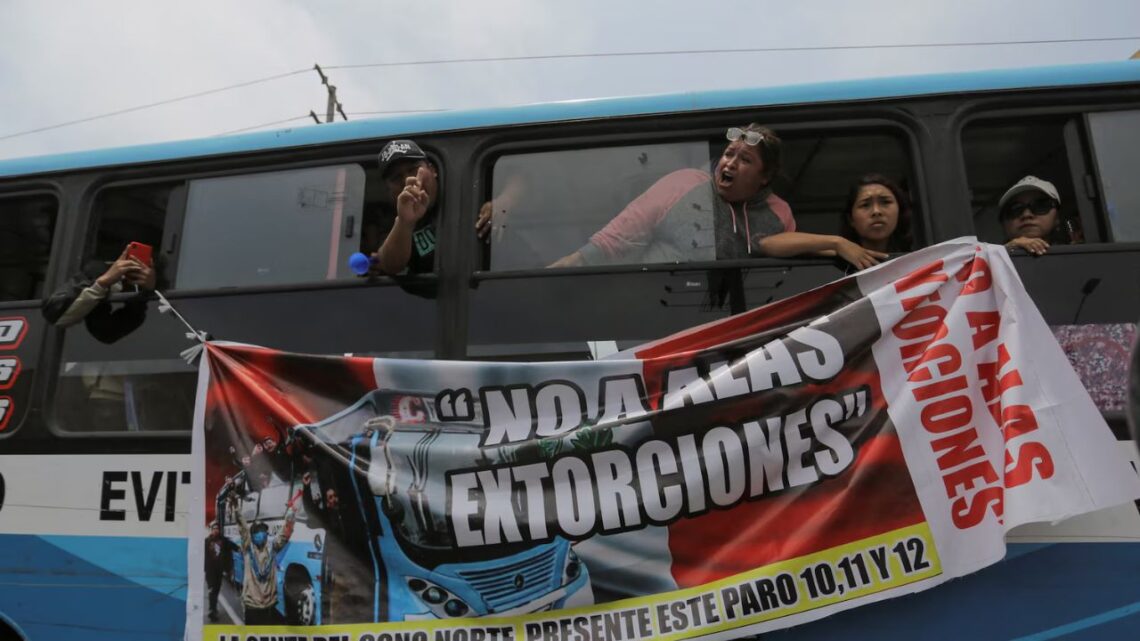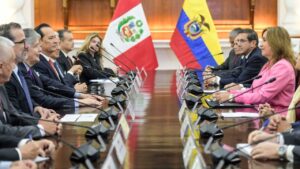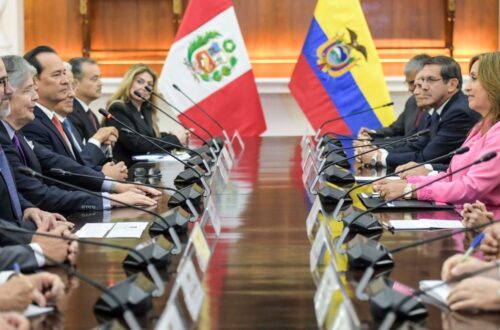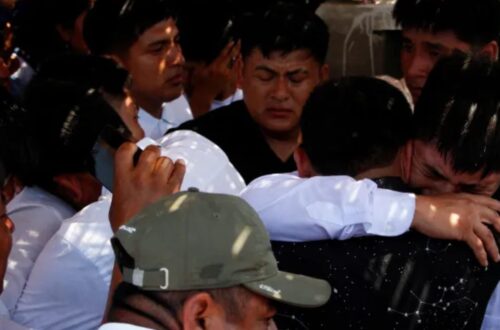On October 2, 2025, transportation unions in Lima and Callao have announced a large-scale transport strike. The protest comes as drivers demand stronger action against extortion, violence, and threats affecting the public transportation sector.
The strike is expected to disrupt buses, minibuses, taxis, and moto-taxis across the capital and surrounding areas.
Authorities are also warning of possible marches and demonstrations in central Lima, with potential impacts on daily commutes, business activities, and even tourist movement.
Why the Strike Is Happening
The strike was called after growing reports of extortion and violent attacks targeting transportation workers. Drivers have complained about organized groups demanding illegal payments, which has created unsafe working conditions.
Unions are demanding government action, stronger security measures, and guarantees for the protection of public transport employees.
Areas Most Likely to Be Affected
Demonstrations are expected in central Lima, particularly near Plaza San Martín, Paseo de los Héroes Navales, Congress, and the Presidential Palace. Main avenues across the city could see roadblocks, traffic jams, and protests.
Here’s a summary of what commuters should expect:
| Area / Sector | Possible Impact |
|---|---|
| Central Lima (Plaza San Martín, Congress, Presidential Palace) | Large demonstrations, marches, traffic blockages |
| Main Avenues & Transport Hubs | Disruption of bus, taxi, and moto-taxi services |
| Lima Historic District | Protests and restricted movement |
| Callao (port & airport access) | Delays, potential roadblocks near key routes |
| Other Regions in Peru | Smaller demonstrations possible with little notice |
Security Concerns
While most strikes remain peaceful, demonstrations in Lima have the potential to escalate into clashes. Authorities have confirmed that heightened security forces will be deployed across protest areas.
Travelers and residents are advised to:
- Avoid crowds and demonstrations
- Stay vigilant if unexpectedly near large gatherings
- Follow instructions from police and security personnel
- Monitor traffic conditions closely before traveling
U.S. Embassy Advisory for Citizens
The U.S. Embassy in Lima has issued a demonstration alert, urging U.S. citizens to take precautionary measures. Citizens are advised to:
- Avoid protest zones
- Exercise caution while using public transportation
- Monitor local news and official advisories
Emergency contacts remain open at the U.S. Embassy in Lima and the Consular Agency in Cusco for travelers who may need assistance.
How the Strike Affects Daily Life
For local residents, the strike will create serious commuting delays. People who rely on buses, minibuses, and moto-taxis will need to seek alternatives, while private cars may also face roadblocks and longer traffic jams. Businesses near protest zones may operate with reduced hours, and tourists should expect delays when visiting historic Lima landmarks.
Travelers arriving or departing through Jorge Chávez International Airport in Callao should also plan ahead, as road access may be disrupted.
Tips to Stay Safe During the Strike
- Plan Ahead – Leave early if traveling through affected areas.
- Stay Informed – Check updates through local authorities and traffic apps.
- Avoid High-Risk Zones – Especially central Lima where marches are planned.
- Have Alternatives – Use private rides, ride-sharing apps, or walk shorter distances if safe.
- Carry Essentials – Water, identification, and necessary medicines in case of unexpected delays.
The October 2nd transport strike in Lima and Callao highlights the ongoing struggles of public transportation workers facing extortion and unsafe conditions.
With services like buses, taxis, and moto-taxis set to be disrupted, and with demonstrations expected in central Lima, both residents and travelers should prepare for delays, congestion, and heightened security.
By staying informed, avoiding protest zones, and planning ahead, individuals can minimize risks and ensure safety during the strike.
While the demonstration is a reminder of the challenges faced by Peru’s transport sector, it also underscores the importance of addressing security and safety concerns to restore stability to daily urban life.









